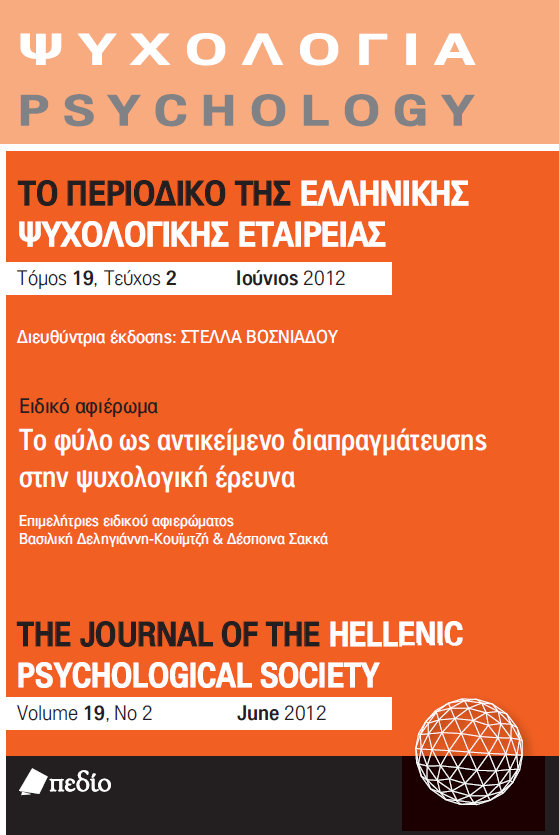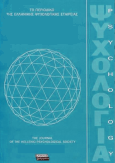Stigma and shifts in embodied identity: The experience of mastectomy

Abstract
Breast cancer and its treatment have significant effects on a bodily, psychological and social level. Although there are many studies of breast cancer and its effects on women’s lives, the research literature that examines the experience of mastectomy and the meaning that women themselves attribute to it is relatively limited. This paper explores
the experience of mastectomy in relation to social representations regarding femininity and health, which provide the context for and affect the personal meaning attributed to the experience, as well as women’s
decisions regarding treatment. The findings of a phenomenological study, based on interviews with eight women that had undergone mastectomy for breast cancer, are presented. The analysis focuses on a
phenomenological description of the experience of mastectomy, whilst taking into account the fact that the female breast has particularly strong connotations of femininity, sexuality and motherhood, that is,
important aspects of women’s identity. It seems that a central aspect of women’s experience of mastectomy is a sense that they are somehow ‘different’ and this sense is associated with a stigmatised identity. The ways in which women seem to manage the double stigma, associated with the identity of a cancer patient and with that of a ‘deficient’ woman, are further discussed in the paper.
Article Details
- How to Cite
-
Αυδή Ε., Ζηλιασκοπούλου Δ., & Ρούσση Π. (2020). Stigma and shifts in embodied identity: The experience of mastectomy. Psychology: The Journal of the Hellenic Psychological Society, 19(2), 144–159. https://doi.org/10.12681/psy_hps.23613
- Issue
- Vol. 19 No. 2 (2012)
- Section
- SPECIAL SECTION

This work is licensed under a Creative Commons Attribution-ShareAlike 4.0 International License.
The journal PSYCHOLOGY adopts a Platinum open-access policy. Submission, processing or publication costs are waived by the Hellenic Psychological Society. Papers published in the journal PSYCHOLOGY are licensed under a 'Creative Commons Attribution-ShareAlike 4.0 International' licence. The authors reserve the copyright of their work and grant the journal the right of its first publication. Third-party licensees are allowed to use the published paper immediately after publication as they wish, provided they retain the defined by the license copyright formalities, regarding the reference to its author(s) and its initial publication in the journal PSYCHOLOGY. Moreover, any adjusted work should be shared under the same reuse rights, so with the same CC license.





